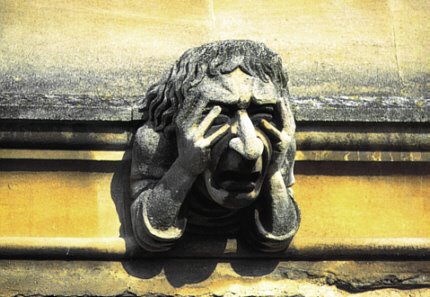Shakespeare and the Actress:
 Renaissance Women’s Performance and the Dramatic Canon
Renaissance Women’s Performance and the Dramatic Canon14-15 July 2010 at the Queen’s House, Greenwich
*Jointly sponsored by the National Maritime Museum, Greenwich and the Centre for Research in* *Renaissance Studies, Roehampton University London*
The Renaissance theatrical woman offers a fresh context for the interpretation of the productions of the public and private playhouses which have for so long dominated critical interest. This interdisciplinary conference will explore the domestic and European theatrical culture of which female masquers, singers, jesters, foreign actresses, dancers, musicians, writers, orators and theatrical labourers were part and will consider the impact of this alternative performance tradition on familiar dramatic works and on the history of early modern theatre. Exploring the range of early modern women’s theatrical performance and participation, it will assess the ways in which the canonical plays of the public and private city stages (including but not restricted to those of Shakespeare) are changed when we take account of the theatricality of the women of early modern England and Europe.
The conference will be held in the Queen’s House, part of the Greenwich UNESCO World Heritage Site. Designed for the courts of Anna of Denmark and Henrietta Maria, the House is the architectural expression of a Stuart queenship which fostered a range of female theatricality. The conference itself, though, will range beyond elite culture to discuss the activities of what Pamela Allen Brown and Peter Parolin call ‘the female player’ and to explore the popular, elite, formal, informal, commercial and non-commercial performances of such women as new and important contexts for the theatre of early modern England.
Papers are invited which interpret canonical early modern drama via the context of the Renaissance female performer. Topics might include:
*Approaches to the canon*: recontextualising the all-male stage - the boy actor – reinterpreting transvestism – the children’s companies – theatrical tropes of femininity.
*The woman as performer*: continental women on the English stage – the educated woman – the courtly or aristocratic woman – the commedia actress – the masquer – queens, princesses, consorts – female orators – women reading and women writing – embedded masques / entertainments – the tragic / comic actress.
*Alternative theatrical traditions*: playing spaces and the location of performance – inside and outside the playhouses – the practice of touring theatre.
*Alternative theatrical modes*: music – song – dance – oration – social performance – female theatrical work / labour
*Transnational theatre practice*: the theatrical woman in Europe – the foreign actress – intersections of continental and domestic traditions.
*Paradigms, methodologies and theoretical approaches*: sources – textual, material & visual traces of the performing woman – terminology (actress, female player or theatrical woman?) – feminism and gender studies – performance studies – the archive – a new theatre history?
Please send enquiries and 500-word abstracts to: Clare McManus, Roehampton University by 30 September 2009 (c.mcmanus@rus.roehampton.ac.uk)


0 Comments:
Post a Comment
<< Home